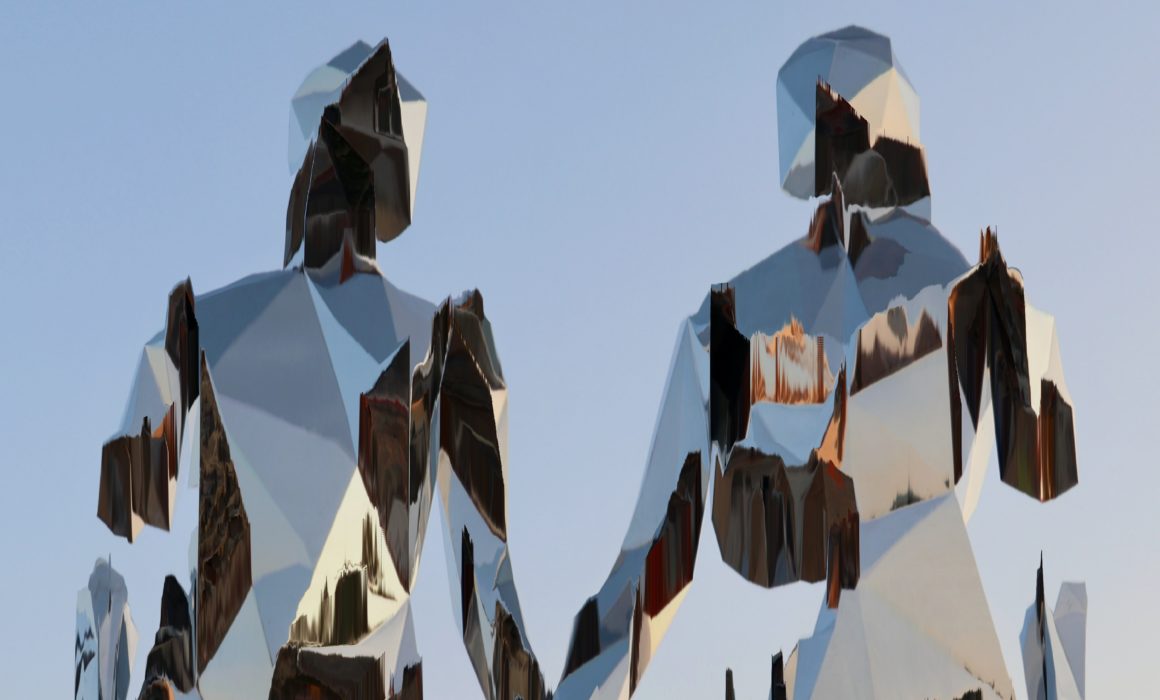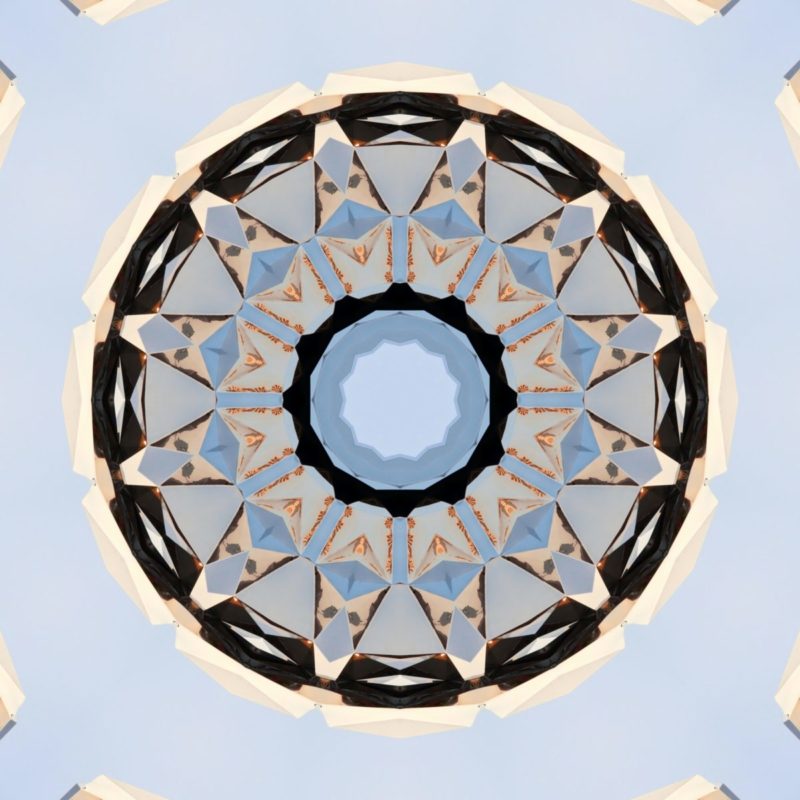What does the NFT boom mean for the legal rights of artists and buyers?
In our second instalment of the interview series digging into our collaboration with NFT music marketplace Twelve x Twelve, we chat to Jan Denecke, the platform’s co-founder, CEO, and a copyright and intellectual property law expert. Denecke untangles the legally groundbreaking potential of the NFT boom, for both creator and purchaser, in an era of famously complicated relationships between artist and output.
How, in your view, do NFTs clarify blurry areas of intellectual property law — especially in relation to copyright?
We ought to understand NFTs as ownership certificates related to specific assets. That asset can be a copyright. The certificate allows you to document and prove that you are the rightful owner of that right that had been transferred to you. That means suddenly you can indirectly own and trade rights in the digital world in transferring the ownership certificate, which is the token. Knowing this opens completely new ways for copyright owners to sell, trade and share their rights on digital platforms because if they decide to use these new “distribution” methods they will always be able to identify the rightful owner and have full insight into royalties that had been paid in regards to that right. The impact would be huge, because this would solve the biggest problem in the intellectual property world, which is theft.
What, in your view, is the most promising feature of NFTs?
The most promising features are its being the ownership certificate, and its being tradable without becoming fungible.
What, if anything, do you think people should be cautious of in enabling the limitless growth and expansion of NFTs?
We should be aware of the fact that you basically can put anything into the “NFT-Box” — but you need to be sure that you have the right to do that. NFTs do not give carte blanche to create whatever you want. You need to be the rightful owner of the content in order to tokenize it. When that is not the case, we will risk having third parties infringing the rights hooked to NFTs already in circulation, which is the complete opposite of what NFT should stand for, in the copyright world.
What are the main ways in which NFTs can benefit the artist?
Mainly by generating new streams of revenue, and branching into the secondary market via flipping fees. NFTs offer further transparency on licensing history.
What are the main ways in which NFTs can benefit the buyer?
The buyer can ensure that they can document their ownership, and can digitally trade it to liquidate their investment. Besides, the buyer is able to present and use the NFT in all different facets of the metaverse, and such.
How, in your view, does the NFT hype change the notion of ownership — from legal, social and cultural perspectives?
From a legal perspective, it is clear: NFTs allow to prove the ownership without changing anything in the legal relationship. From a cultural standpoint, I would say it changes the perspective of ownership. Ownership now begins to compete with classic consumption. In layman’s terms, to give an example: Spotify is a place where we only consume music, without any claim to it. NFTs may become a new means to celebrate ownership, akin to the days of vinyl.
What excites you the most about the future of the NFT?
NFTs can give power back to the creators, and reward them for their output.
What have you enjoyed the most about integrating the concept of NFTs in your work for 12×12?
Working with the team and contributors together – especially the creatives — has been the most rewarding part.
Have there been any unexpected challenges in putting together this new platform?
If you are deploying an innovative platform there is a lot of education you have to carry out in order to convince the people that this is the next big thing. This is rather time and resource-consuming, and therefore challenging.
Do you think NFTs are here to stay? Why or why not?
Yes 100%. Because of all of the above.
Want to get the latest updates? Then, follow us on Facebook, Instagram and LinkedIn.




